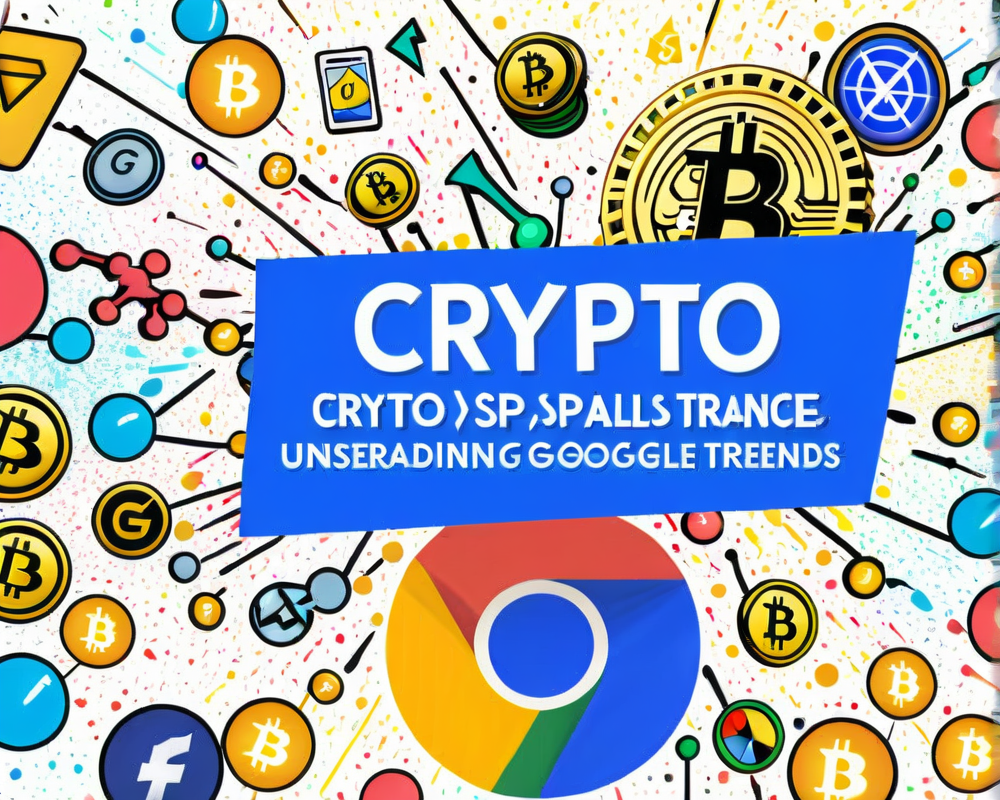Unlocking the Power of Natural Language Processing: Top Libraries to Transform Text into Insight
Why Natural Language Processing Is Essential
Imagine a world where machines can actually understand what you mean when you say “I think my cat is plotting against me”. Natural Language Processing (NLP) makes this possible. By enabling machines to comprehend, interpret, and generate human language, NLP acts as the bridge between us and our gadgets. It’s not just tech mumbo jumbo; this is about enhancing communication, bridging language gaps, and offering assistance where it’s needed most, like in customer service or even when writing that perfect breakup text.
Exploring Popular NLP Libraries
Now that we’re hooked on the idea of machines understanding us, let’s dive into some of the heavy hitters in the NLP library arena. These tools can turn your text processing dreams into reality:
- NLTK (Natural Language Toolkit)
- SpaCy
- Stanford CoreNLP
- Gensim
- TensorFlow
NLTK: The Go-To for Beginners
NLTK is like that reliable friend you call when you need a helping hand on your homework. Written in Python, this library is easy to use and comes packed with features for tokenization, stemming, tagging, and parsing. Great for those of us just starting out in NLP, NLTK makes basic text processing a breeze. Think of tokenization as slicing a cake (if the cake was packed with data) into manageable pieces.
SpaCy: Fast Track to Language Mastery
Need speed? SpaCy is here to turbocharge your NLP projects. Also written in Python, it’s designed for efficiency and boasts a plethora of tools for named entity recognition and dependency parsing. Forget waiting around; this library is all about fast, accurate processing so you can get to the fun stuff!
Stanford CoreNLP: The Java Juggernaut
Java enthusiasts, rejoice! Stanford CoreNLP brings the analytical power you need for sentiment analysis and named entity recognition. It’s like having a coffee break with precision—the perfect mix of robustness and functionality. Use it to dissect user reviews and find out if that new Thai restaurant is worth the hype.
Gensim: Topic Modeling Wizard
If you’ve ever wondered about the topics lurking in your document pile, Gensim is your magic wand. Perfect for document similarity analysis and topic modeling, it employs sophisticated algorithms like LDA and word2vec to help you navigate the world of words. Think of it as discovering hidden treasures in your text.
TensorFlow: The Powerhouse
TensorFlow isn’t just for neural networks in general; it can also rock the NLP world! Whether you are classifying text or translating your favorite song into 12 different languages, TensorFlow offers a plethora of possibilities. It’s the Swiss Army knife of machine learning—versatile and essential.
NLP Meets Blockchain: A Match Made in Tech Heaven?
So, what’s the deal with pairing NLP and blockchain? It sounds a bit like a tech dating app, but there’s substance here. By analyzing text-based data on blockchain platforms, NLP techniques can unlock new insights while maintaining the integrity and security of user data. Imagine chatting with a blockchain application that actually gets what you’re saying—pretty nifty, right?
Conclusion: Embrace the Future!
As we wrap up this whirlwind tour of NLP libraries, remember that the future of human-machine interaction is tongue-in-cheek, pun intended! Embracing NLP can facilitate better communication and break down complicated data into understandable nuggets. Get started with these libraries, and who knows? You might just create the next big thing in tech—or at least write a stellar essay!




